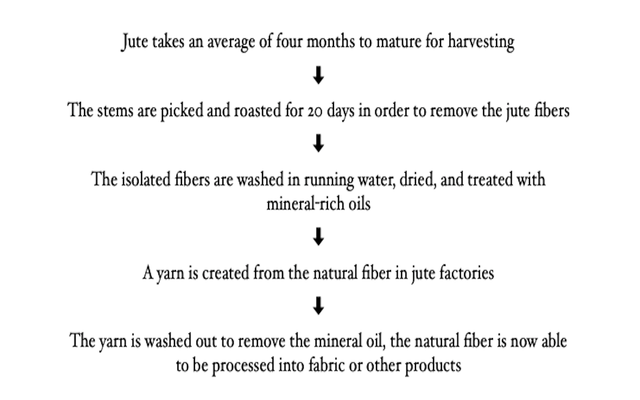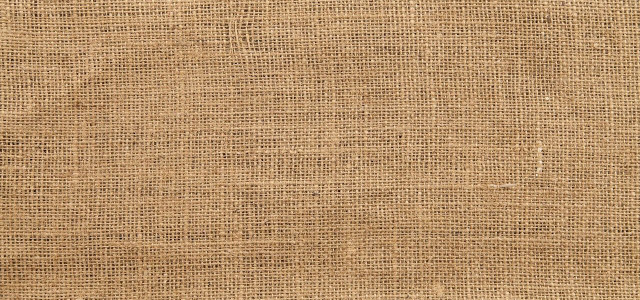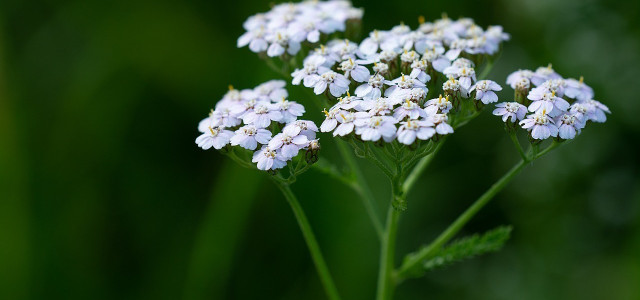Jute is an incredible fiber — it’s breathable, quick-drying, affordable, and it’s sustainable! Let’s take a closer look at the properties, use and sustainability of jute fabric.
What is Jute?
Jute is a natural fiber derived from the corchorus plant. The plant fibers are woven into dense threads that can be sold by the spindle, or crafted into a diverse range of products.
Rope is one of the oldest documented uses of jute, as the fibers are easily twisted into a lightweight rope that holds up well against tension and friction. Records dating back to the 16th century of jute fabric clothing being worn in India and jute paper being produced in China.
Kolkata, India was the hub of the jute industry when exportation to Europe began in the 18th century. During that time, Dundee, Scotland opened its first jute mill in 1838 and became one of Europe’s largest jute cloth producers. Consequently, nearly every piece of jute cloth was produced there from when the industry began until the late 19th century.
Properties and Uses of Jute
So, what is jute good for? Known for its versatility and durability, jute fabric is a sustainable material that is among the softest and smoothest natural fibers. It is also known for being:

- very robust and durable
- breathable and absorbent
- affordable
- resilient to wear and tear
- antistatic
- susceptible to slight creasing
Though the most well-known use is burlap, the fiber can be made into yarns, twines, and other fabrics. These textiles make items like curtains, carpets, sacks, rugs, and shopping bags.
Fun Fact: You can eat the leaves of the jute plant! The leaves are very healthy as they contain iron, protein, vitamins, and dietary fibers. This makes them popular additions to soups, stews, curries, vegetable dishes, and teas.
Cultivation and Production of Jute
Jute is a rainy-season crop, sown between March and May, depending on rainfall and the type of land. The harvest occurs between June and September, depending upon when the seeds were sown.
Corchorus plants require a tropical climate with high humidity and temperature, which is why most jute cultivation is located in India and Bangladesh. The corchorus plants are characterized by their long stems (1-3m on average!), which makes them perfectly suited for textile processing.
Unlike most textile fibers (consisting mostly of cellulose), jute fibers are part cellulose, part lignin. Cellulose is a major component of plant fibers and lignin is a major component of wood fiber, making jute fabric part plant fiber, part wood!
Different Types of Jute Fabric:
- Tossa jute: soft, silky, very strong and darker in color
- White jute: lighter in color but not as durable
How Jute Fibers are Produced :



Note: Mineral oil is a complex mixture of saturated hydrocarbons (MOSH) and aromatic hydrocarbons (MOAH). It is not readily biodegradable. MOAH is also suspected of being carcinogenic and mutagenic and should not be consumed.
Unfortunately, this is possible when food items are stored in jute bags. Some foods commonly packaged in jute bags include rice, coffee, almonds, and cocoa beans. Some companies use vegetable oils instead of mineral oils, so be mindful of the manufacturer when purchasing jute products.
How Sustainable is Jute Fabric



Besides cotton, jute is the most produced natural fiber. Though it is considered an environmentally friendly textile fiber with many advantages, here are some things to take into consideration when buying products made of jute fabric:
- Studies have shown that a hectare of corchorus plants consumes 15 tonnes of carbon dioxide and releases 11 tonnes of oxygen, which is an incredible win for the environment. However, due to 95% of jute cultivation occurring in South East Asia, long transport routes are unavoidable when purchasing these products. This results in higher carbon emissions and the CO2 footprint of jute fiber increases. Always ensure your products are sustainably produced and fair trade.
- The tear-resistance and durability of jute fabric products make them a sustainable alternative to plastic packaging. Jute shopping bags can easily replace single-use plastic bags. There are studies that suggest you would have to use a reusable shopping bag a lot more often than a plastic bag to achieve a better ecological balance because of the environmental impact of their production process. However, that assessment ignores the problem of disposal – and that’s where jute fabric has a big advantage. Plastic lasts for hundreds of years until it slowly decomposes. The resulting microplastics often end up in the sea and endanger animals and nature. Jute, on the other hand, is completely biodegradable, according to the Food and Agriculture Organization.
- According to the Natural Resources Conservation Service, jute fabric has one more impactful use: jute netting can be laid to help reduce soil erosion and can provide a good environment for vegetation regrowth. As jute is biodegradable, it will eventually decompose and is therefore not a threat to the environment or wildlife.
Do you like this post?







